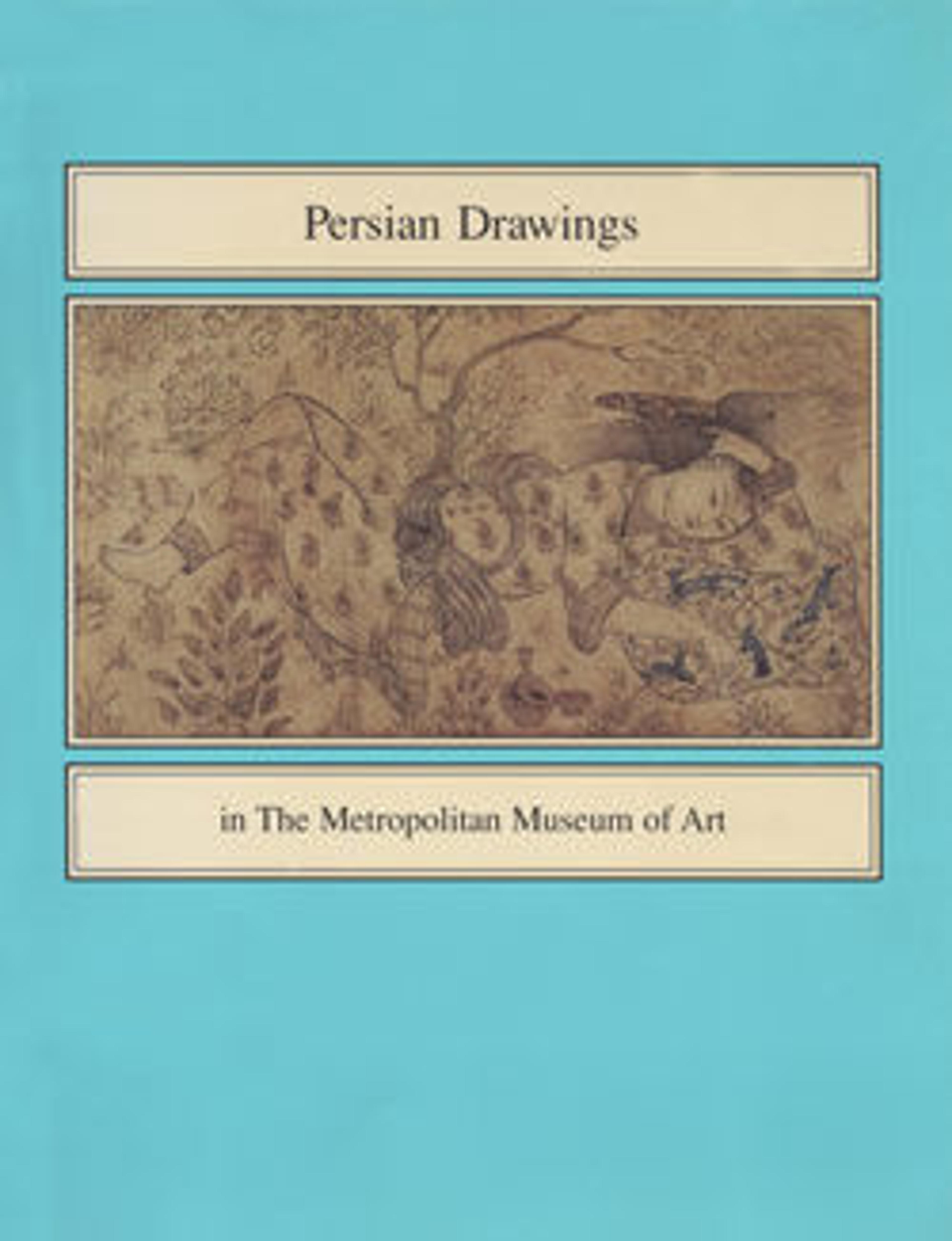Turkomen Horseman
The figure of a Turkomen warrior, born to the saddle and inseparable from his mount, epitomizes the qualities of rugged independence, self reliance, toughness, endurance, and courage, admired down to this day, but to his more sedentary, urban contemporaries the additional, more fearsome and alarming qualities of ruthlessness, mercilessness, and cruelty. The leaf has been cut off at the top, suggesting that it once contained another or other drawings. The probability is, then, that this drawing functioned as a model, in spite of its finished appearance. The semi-circle at the upper left would appear to be half of an erased seal.
Artwork Details
- Title: Turkomen Horseman
- Date: 16th century
- Geography: Attributed to Iran
- Medium: Ink, transparent and opaque watercolor, and gold on paper
- Dimensions: H. 3 7/16 in. (8.7 cm)
W. 3 1/4 in. (8.3 cm) - Classification: Codices
- Credit Line: Bequest of George D. Pratt, 1935
- Object Number: 45.174.7
- Curatorial Department: Islamic Art
More Artwork
Research Resources
The Met provides unparalleled resources for research and welcomes an international community of students and scholars. The Met's Open Access API is where creators and researchers can connect to the The Met collection. Open Access data and public domain images are available for unrestricted commercial and noncommercial use without permission or fee.
To request images under copyright and other restrictions, please use this Image Request form.
Feedback
We continue to research and examine historical and cultural context for objects in The Met collection. If you have comments or questions about this object record, please contact us using the form below. The Museum looks forward to receiving your comments.
